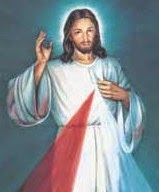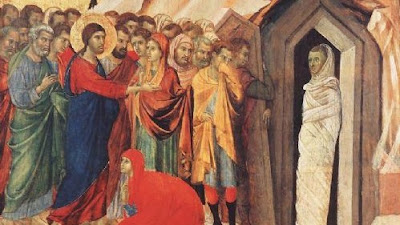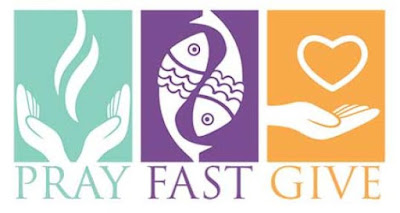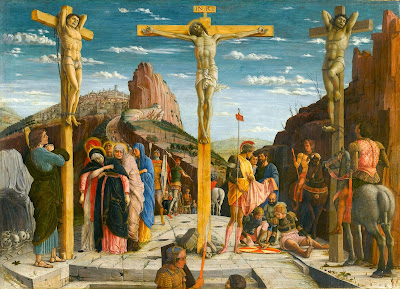Easter Triduum Plenary Indulgences
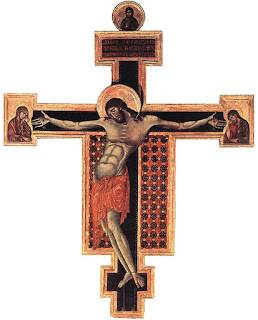
There are several plenary indulgences that may be obtained during the Easter Triduum — from the evening of Holy Thursday to the evening of Easter Sunday. An indulgence may be either partial or plenary. It is partial if it removes part of the temporal punishment due to sin, or plenary if it removes all punishment. A plenary indulgence may only be obtained once per day. The following prayers/professions will merit a plenary indulgence — provided the conditions for a plenary indulgence are met. (See below.) Plenary Indulgence Opportunities During the Easter Triduum ◗ Every Friday of Lent: Recitation of O Good and Sweetest Jesus after reception of the Eucharist before an image of the crucified Christ . ◗ Holy Thursday: Praying the Tantum Ergo after the Mass of the Last Supper. ◗ Good Friday: Participating in the Veneration of the Cross. ◗ Holy Saturday: Renewing your baptismal vows at the Easter Vigil Mass (renewing your baptismal vows on the anniversary of your baptism may a
